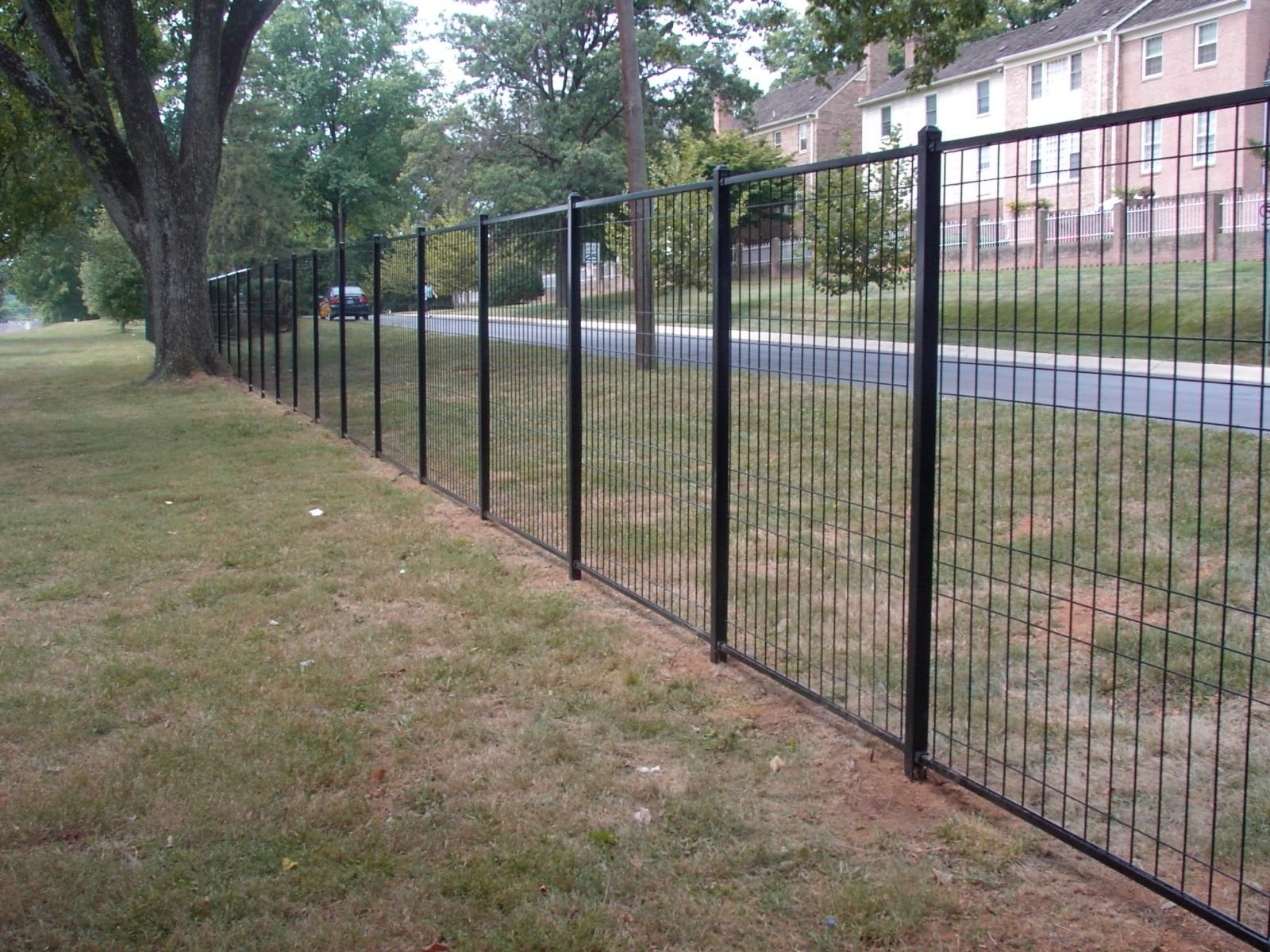Highway Noise Barrier Design An Overview
Highway noise pollution is a pressing environmental concern that affects the quality of life for many communities situated near major roadways. To mitigate this issue, the design of effective noise barriers has emerged as a critical area of focus for urban planners, engineers, and architects. This article explores the fundamental principles of highway noise barrier design, their importance, and recent advancements in technology and materials.
Understanding Noise Pollution
Noise pollution from highways predominantly arises from vehicle movement, engine noise, and tire-road interactions. As urban areas expand and populations increase, the volume of traffic intensifies, leading to higher levels of ambient noise. Studies have shown that prolonged exposure to high noise levels can lead to adverse health effects, including stress, sleep disturbances, and cardiovascular issues. In this context, noise barriers provide a viable solution to reduce the impact of highway noise on nearby residents.
Principles of Noise Barrier Design
The design of noise barriers is grounded in the principles of acoustics, engineering, and environmental aesthetics
. There are several key factors to consider1. Height and Length The effectiveness of a noise barrier primarily depends on its height and length. A barrier must be tall enough to block the direct line of sight from the source of noise to the receiver (e.g., a home). Typically, a height of around 12 to 20 feet is recommended for optimal noise reduction. The barrier's length should extend sufficiently beyond the area needing protection to prevent noise from wrapping around the ends.
2. Materials The choice of materials plays a significant role in sound absorption and reflection. Common materials include concrete, masonry, and timber. Concrete barriers are favored for their durability and mass, which effectively block sound waves. Additionally, the surface texture can influence sound absorption properties, with rough surfaces generally providing better absorption than smooth ones.
3. Location and Terrain The positioning of the noise barrier is crucial. Barriers should be located as close as possible to the noise source while considering existing obstacles such as trees, buildings, or topographical features. Terrain also affects noise propagation; for instance, barriers on elevated ground may require different design considerations than those on flat land.
highway noise barrier design

4. Aesthetics and Community Impact Aesthetics matter significantly in the design of noise barriers. Community acceptance is essential, so barriers should be designed to blend with the surrounding environment. Innovative designs incorporate vegetation, artistic elements, or even sound-absorbing materials to enhance visual appeal and further reduce noise levels.
Innovations in Noise Barrier Technology
Recent advancements have brought new possibilities to noise barrier design. Some innovative approaches include
- Green Barriers These involve integrating plant materials into the barrier design, combining noise reduction with ecological benefits. Vegetation can enhance the aesthetic quality of the barrier while also absorbing sound.
- Smart Technologies The incorporation of sensors and smart technologies into barriers allows for real-time monitoring of noise levels and structural integrity. This data can help in assessing the effectiveness of the barriers and making necessary adjustments.
- Modular Designs Modular barriers can be relocated or adjusted as traffic patterns change, offering flexibility that traditional designs lack. This adaptability is crucial for areas experiencing rapid urban development.
Conclusion
Highway noise barrier design plays a vital role in enhancing the quality of life for communities affected by traffic noise. By focusing on key design principles, using innovative materials, and considering community aesthetics, effective noise barriers can significantly reduce noise pollution and contribute to healthier urban environments. As technology continues to evolve, the future of highway noise barriers promises even more effective solutions to this age-old problem, creating a quieter and more sustainable urban landscape.
-
Why Galvanized Trench Cover Steel Grating Resists Corrosion
NewsJul.10,2025
-
The Versatility and Strength of Stainless Expanded Metal Mesh
NewsJul.10,2025
-
Load Calculations in Steel Grating Platforms
NewsJul.10,2025
-
Keeping Pets and Kids Safe with Chicken Wire Deck Railing
NewsJul.10,2025
-
Hole Diameter and Pitch for Round Perforated Metal Sheets
NewsJul.10,2025
-
Aluminium Diamond Mesh in Modern Architecture
NewsJul.10,2025
Subscribe now!
Stay up to date with the latest on Fry Steeland industry news.

